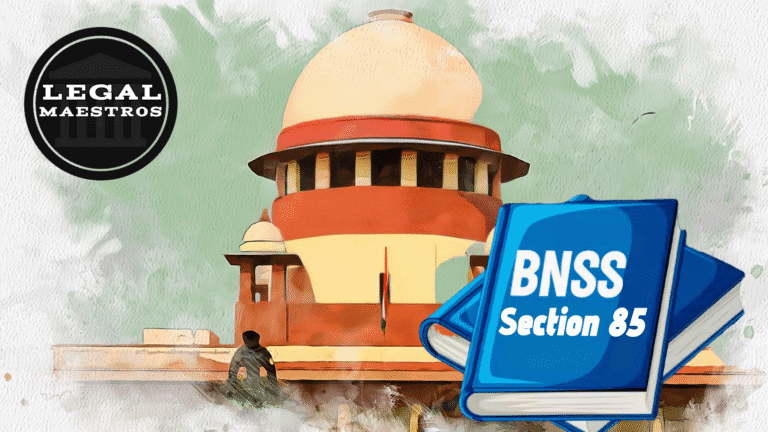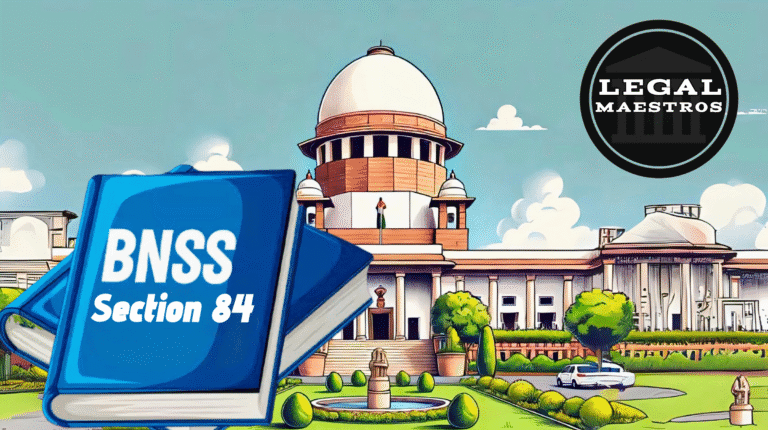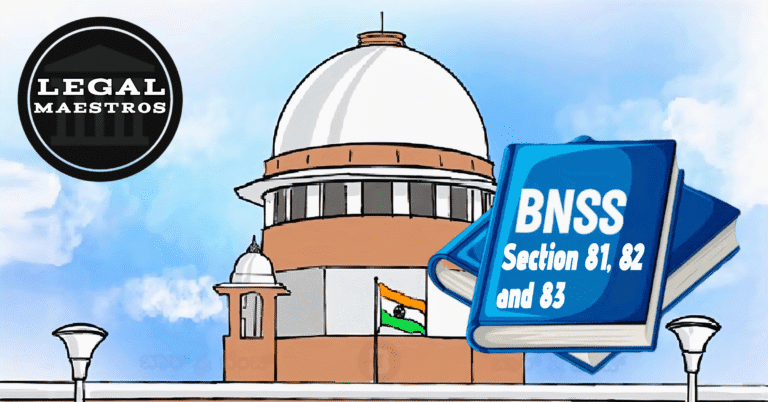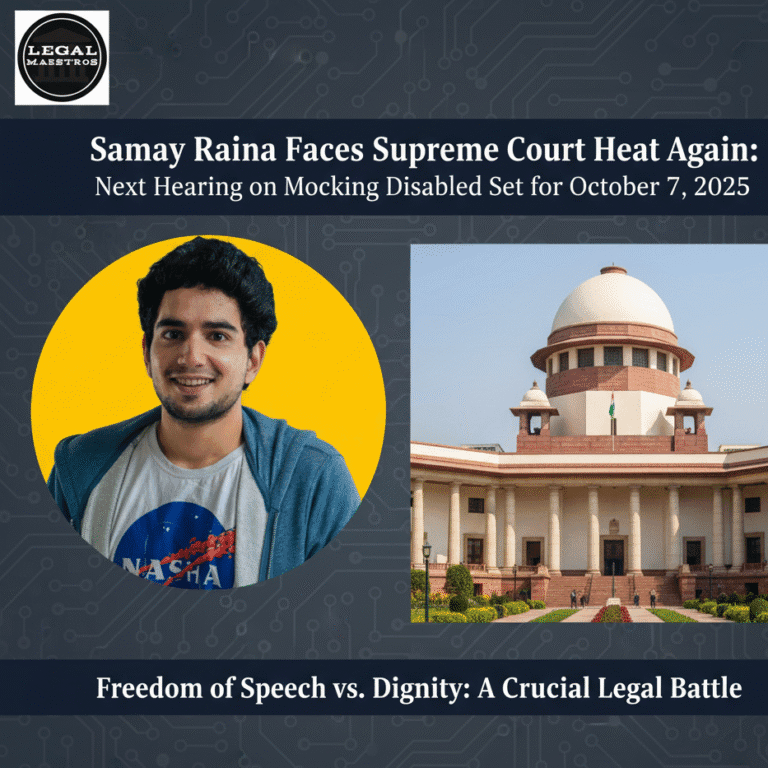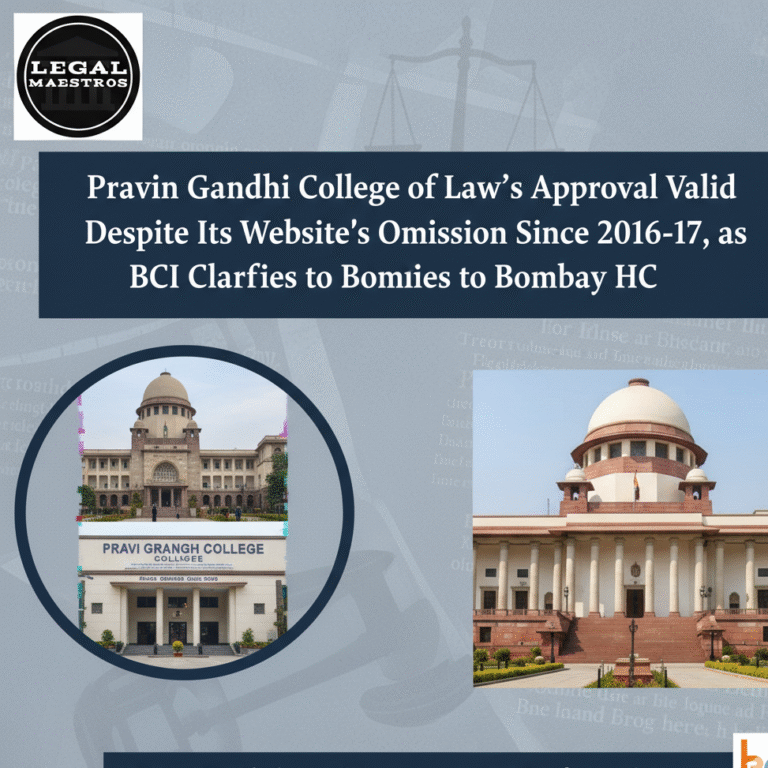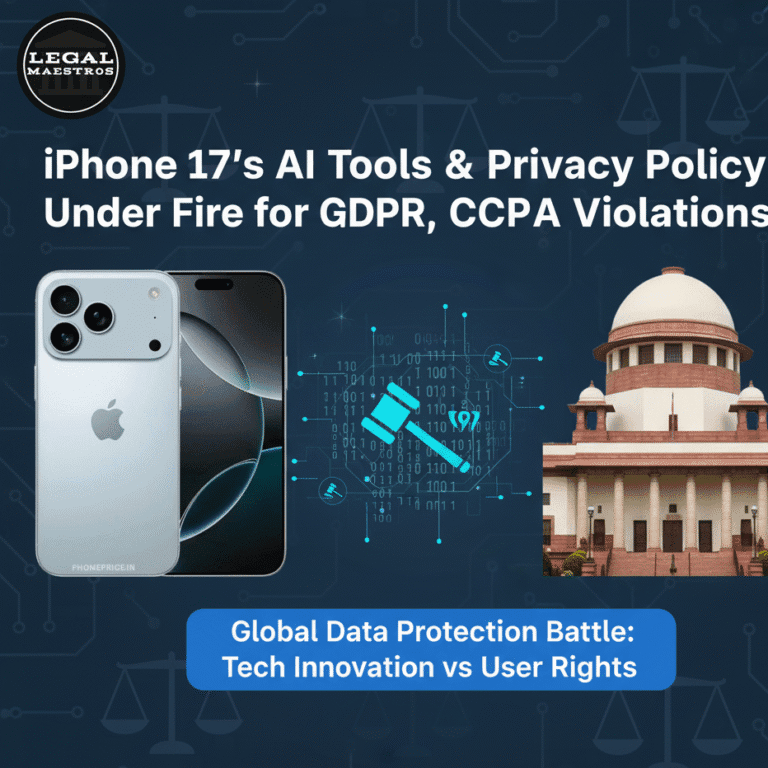
Section 12: Local Jurisdiction of Judicial Magistrates
A Judicial Magistrate is only permitted to exercise their legal powers within the boundaries of the geographical area that is defined in this section.
The Chief Judicial Magistrate’s Authority to Make Decisions
The Chief Judicial Magistrate (CJM), who is responsible for carrying out their duties under the supervision of the High Court, is vested with the ability to establish the local borders within which Judicial Magistrates appointed under Section 9 or Section 11 are permitted to work, as stated in the first subsection of the section. The purpose of this rule is to guarantee that the exercise of powers by various Judicial Magistrates is correctly delineated in order to prevent confusion or overlap in authority.
If a Magistrate is appointed in District A, for example, the Chief Justice of the District has the authority to decide whether or not the Magistrate should be responsible for cases originating from the entire district or only from a specific subdivision.
Magistrates of the Special Judicial Courts Have Jurisdiction
Additionally, the clause allows for Special Judicial Magistrates to become exempt from the rule. Within the boundaries of the jurisdiction in which their court is founded, these Magistrates are authorized to hold court sessions in any location. Having this degree of adaptability is essential in exceptional circumstances, such as trials that call for specialized legal competence or expedited consideration.
As an illustration, if an additional Judicial Magistrate is authorized for cases involving financial frauds in an entire zone, then that Magistrate is able to convene hearings in multiple cities within that zone without the need for additional authorization each time.
The Jurisdiction of Default
As stated in subsection (2) of Section 12, the powers of a Judicial Magistrate are applicable throughout the entire district, unless they are specifically restricted by an order issued by the Chief Justice of the District. In this way, a Magistrate is able to handle every case that comes from any part of the district, so giving broad coverage, unless the amount of coverage is restricted by administrative need.
The Expansion of Jurisdiction Beyond a Single District
The circumstances that are addressed in subsection (3) are those in which a Magistrate’s authority extends across more than one district. In situations like these, any references to the Court of Session or the CJM that are found in the Sanhita need to be construed in the context of the jurisdiction that the Magistrate is responsible for. In order to avoid any uncertainty regarding the judicial jurisdiction that is shared between districts, the provision has been carefully drafted.
As an illustration, if a Magistrate’s jurisdiction encompasses portions of both District A and District B, then any references to the “Chief Judicial Magistrate” in that region would be interpreted as referring to the CJM who is accountable for the district in which the court proceedings are taking place.
Section 13: Subordination of Judicial Magistrates
This section discusses the administrative hierarchy and authority that exists among the Magistrates of the Judicial System.
Organizational Hierarchy of Order
It is made abundantly clear in subsection (1) that the Sessions Judge of the district has the superior authority over each and every Chief Judicial Magistrate. However, the Chief Judicial Magistrate is the one who is directly subject to all of the other Judicial Magistrates, who work under the broad direction of the Sessions Judge.
That there is a distinct chain of command is indicated by this. It is possible for the Sessions Judge, who is a higher judicial authority, to exert oversight; nonetheless, the CJM is the one who is responsible for the day-to-day administration of the work of the Magistrates.
For instance, if a Magistrate wishes to implement a new method of procedure in his court, they are required to first obtain clearance from the Chief Justice of the Magistrates. In the event that there are more significant issues regarding the behavior of that Magistrate, the Sessions Judge has the authority to step in and act.
How the Work Is Distributed
As stated in subsection (2), the Chief Judicial Magistrate has the authority to establish rules or issue specific directives concerning the manner in which the work that is to be dispersed among subordinate Judicial Magistrates is to be carried out. It is imperative that these commands are in accordance with the Sanhita’s stipulations.
It is the responsibility of this provision to guarantee that the workload of the judiciary is allocated in an equitable manner and that different types of cases are assigned to Magistrates depending on their individual skill or availability.
What would it be like to have three Judicial Magistrates in a district court? It is possible for the CJM to make the decision that one will handle cases involving juveniles, another will handle civil issues, and the third will handle criminal matters. This well-organized distribution contributes to the judicial system’s ability to work with more efficiency and clarity.
Section 14: Executive Magistrates
The nomination of Executive Magistrates, as well as their powers and responsibilities, are discussed in this section. Executive Magistrates are concerned largely with administrative functions that are related to law and order.
Appointment of Magistrates to the Executive Branch
In accordance with the provisions of subsection (1), the State Government is authorized to appoint an unlimited number of Executive Magistrates in each district. One of them is identified as the District Magistrate (DM), or the District Magistrate. The administrative function of Executive Magistrates is reflected in this, in contrast to the Judicial Magistrates who are responsible for handling court matters.
The District Magistrate, for instance, is frequently tasked with the responsibility of enforcing curfews and protecting the safety of the general public during times of rioting or natural catastrophes.
Specialized District Magistrates in addition
In accordance with the provisions of paragraph (2), the State Government has the authority to appoint Additional District Magistrates (ADMs), who will be granted the discretionary authority of the District Magistrate in accordance with the Government’s directives. Because of this, the workload of the DM can be distributed among officers who are competent of doing so.
While the DM is responsible for administration in the southern region of the district, the ADM may be assigned with the responsibility of monitoring peace and order in the northern part of the district in a district that is somewhat large.
Authority on a Temporary Basis in the Event of Vacancy
In the event that the position of District Magistrate becomes vacant, the provisions of subsection (3) ensure that there is continuity in administration. Until the government finds a replacement, the officer who temporarily assumes control of the district administration will be responsible for carrying out all of the responsibilities and exercising all of the authorities that accompany the position of District Magistrate.
For instance, in the event that the DM is moved or unexpectedly passes away, the ADM with the highest level of seniority may temporarily take over in order to ensure that there is no administrative void.
magistrates from sub-divisional areas
Subsection (4) states that the State Government has the authority to appoint an Executive Magistrate to the position of Sub-Divisional Magistrate (SDM), which means that this individual will be accountable for a particular subdivision within the district. During times of emergency and administrative crisis, the SDM serves as the local head of operations.
In the event that there is communal conflict, for instance, an SDM may decide to implement Section 144 in a town in order to prevent unlawful assembly.
The Transfer of Authority
In accordance with the provisions of subsection (5), the State Government is authorized to transfer its authority to appoint or remove SDMs to the District Magistrate by means of general or specific orders. This results in the authority being decentralized and enables administrative choices to be made more quickly.
In the event that a district has a high number of law and order incidents, the District Manager has the authority to swiftly appoint or transfer SDMs without first obtaining approval from the State Government.
responsibilities of the Commissioner of Police
In conclusion, the sixth subsection specifies that the State Government has the authority to bestow Executive Magistrate powers upon a Commissioner of Police in accordance with any law that is now in effect. Through the implementation of this rule, the police administration in metropolitan areas is given more effective tools.
For instance, in order to ensure that public order is maintained in a city such as Mumbai or Delhi, the Commissioner of Police might be granted the authority to issue prohibitory orders.
For any queries or to publish an article or post on our platform, please email us at contact@legalmaestros.com.

